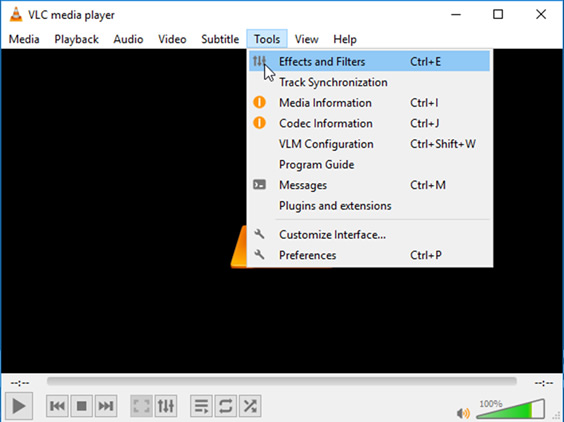

Frankly, one might even describe your contribution to this thread as elegant. I know it has been quite a while since you posted this but I feel compelled to tell you that this was the most helpful, comprehensive, and efficiently-structured post I have ever seen. It's pretty good for a one step uprez at 133% (Or 1080 to 4k, 720 to 1080). In After Effects CC, the Detail retaining upscale actually does something very similar, applying some unsharp masking, and microcontrast adjusts to make the whole process more natural looking at the end. Some plugs are even action scriptable, so you can apply the same settings to every photo of a folder. However, going from SD wide to HD is just 167%. Using vectorized mapping of detail, you can blow something up to 300% without a great drop. Short clips or SD's I want in HD, I usually use PHOTOSHOP for because I can use plugins that retain detail using VECTOR MAPS (My whole lab's still CS6). Everything else looks pretty damned good with PRELUDE and ADOBE MEDIA ENCODER. If you're shooting SPORTS or HIGH MOTION, go with compressor for clarity. I only use it for deinterlacing and blowups I don't want to do in photoshop. It often does a cleaner job, but takes longer. You should also set the data rate higher than the original by at least 0.2mbps so it will apply the quality adjustment necessary to calculate missing frames and proper blends.Īpple Compressor uses motion adaptation for this and they've kept it proprietary. Set Frame Blending to on, to reframe where necessary. In some cases, some motion is actually processed better do to a recode from the I and B frames that are used to calculate what to drop from the compression. IT should be extremely fast if there are no issues. If you want to keep the same format, go ahead.

Premiere expects video without data issues, whether elements or PRO.
Vlc audio synchronization software#
The BEST advice is to process in the manner in which YOUR SOFTWARE SUITE EXPECTS. It won't work every time, for every instance of this issue with different cameras.
Vlc audio synchronization mp4#
It worked for you because the format was written as an MOV variant, but wrapped in an MP4 extension. If they are out of order, or the values are written in a different number format, you will get problems with the file when sequencing it. Both are apple-originated formats, but MOV is a QT proprietary, and some cameras confuse the metadata order when writing the file headers. WHen I run them through QT, they play fine, then I can transcode them almost instantly because they're already in that format, just wrapped in the MP4 extension.įor your camera, Perhaps the MP4 file metadata places the reframe marks in the correct spot for MOV, but not for crossplatform MP4. I've seen this happening with MP4's from iPhones. MOV processes missing frames automatically when in h.264 mode. I would really appreciate if someone helps me. Outside of Premiere is fine, so there is no problem with the capture, right? It's really strange that the problems only occur AFTER importing. Isn't there any fix or something that I could do? Some are saying this is a recurrent bug on Adobe Premiere. I've tried cleaning the cache, deleting the software and reinstalling again, converting - everything. It looks like there is a problem when conforming the audio.īut even the time duration is different from the original, there is some frames or even seconds of difference inside Premiere.Īnd this happens with different codecs, AVI (from FRAPS), H.264 (with AAC audio and MP3). Even when I watch in the Source Monitor, before dragging to the timeline. When I watch the files in any player (Windows Media Player, VLC, Media Player Classic) they play fine, the audio and the video seems to be on sync and OK.īut after I import to Adobe Premiere, it just gets out of sync. I've been capturing some gameplay footage, with files that last an hour or even more. I've been searching for a solution for a while, but I can't seen to find any.


 0 kommentar(er)
0 kommentar(er)
